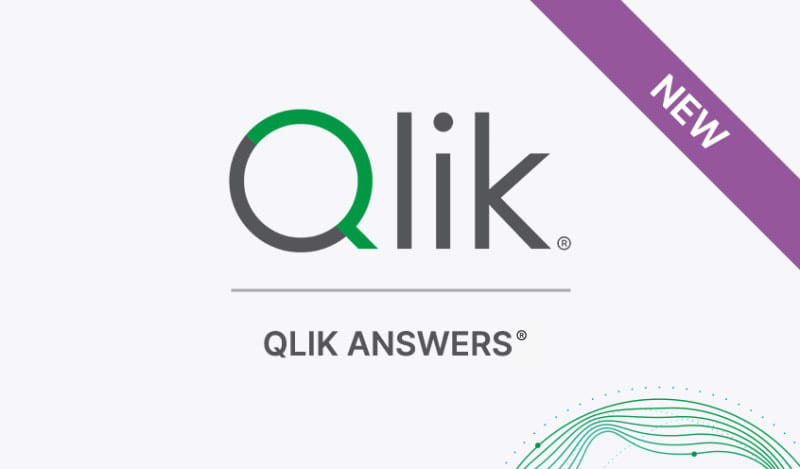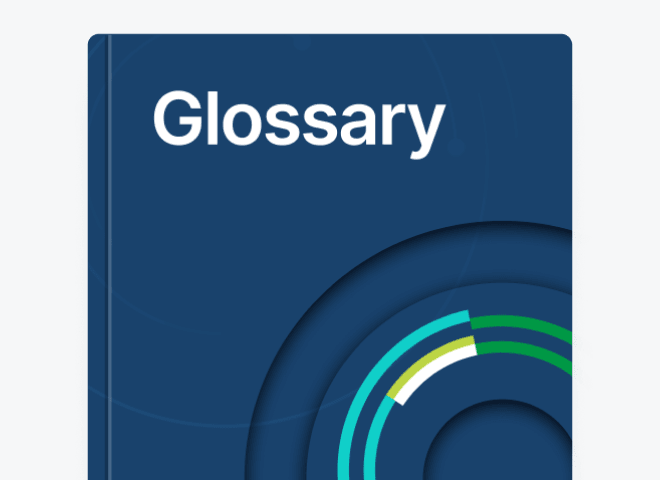Data is power. It's indisputable. The Economic Impact of Data report from the Enterprise Strategy Group (ESG) shows that those which effectively harness and leverage it are more profitable, resilient and innovative. So, who wouldn't want to put this power into the hands of more people to really make the most of it?
Unfortunately, this democratization of data beyond the usual technical teams remains a challenge for many. According to New Vantage Partners' Data and AI Leadership Executive Survey 2022, only 27% of organizations have managed to nail it.
I see the same blockers popping up repeatedly across operations of all shapes and sizes. Cultural challenges play a huge part, with over 91% of execs citing it as the biggest hurdle. While from a more technical perspective, it takes more than modernizing tech stacks and migrating to the cloud. Governance practices must be modernized alongside technical and cultural shifts to fully uphold their efforts.
Evolving culture, processes, and technology can seem daunting, given all the other competing priorities the average IT team has to juggle. Still, with so much to gain, I wanted to summarize the top considerations for any business leader looking to safely put the power of data into every single employee's hands.
First and foremost, remember to take it step-by-step. As with many large-scale, high-risk digital transformation projects, taking a "think big, start small and scale fast" approach to data governance is sensible.
Start your data governance journey by getting an overview of your entire data landscape, identifying which inconsistencies, objectives, and errors are most important, and building your efforts from there. Ensure you encompass your entire data landscape from your data warehouse to your analytics solution.
Successful data governance needs to be implemented from end to end. You cannot control or trust the result if it's not governed all the way. Having a process in place that ensures secure data is delivered to end-users will give employees the confidence to use it to make real-time decisions.
On the subject of security, increasing regulation around privacy, copyright and ethics are making it even harder to make use of real-world data. If you're in a particularly highly regulated industry like healthcare or financial services, you might want to consider when and how to switch to synthetic data.
Taking a case-based approach to cataloguing all types of data can also help mitigate security risks by giving everyone in the business the ability to see which data is securely available to them in one simplified view. And you and your IT team can rest easy knowing the catalog is secured by identifying and masking the data on user types and access rights.
The ability to control and track the flow of data throughout the organization and users is also incredibly helpful. More people using more complex sets of different data increases the risk of errors. Understanding and visualizing data flows from source to end location with data lineage helps meet data governance goals and lower the cost of regulatory compliance. It also helps increase trust and reliance on data across your organization and improve data analysis and, thereby, business performance.
Solutions are now available to automate the data delivery process, enhancing control by allowing governance to be embedded into the process with rules and policies. They can also inject bespoke data-quality improvements based on the individual and/or workflow. And when you automate data property identification along the pipeline, you prevent users from seeing what they shouldn't.
Experience has shown me that considering the above will enable any organization to ensure that the cultural, process, and technical investments they make to democratize their data deliver value rather than risk. With 93% of companies indicating they plan to continue to increase budgets in data and analytics next year, now really is the time to make the power of data accessible to every member of the business in a secure manner.
To learn more about data governance strategies and best practices, download our comprehensive guide to data governance' whitepaper here.
Our @jamesafisher details how evolving culture, processes, and technology are crucial to democratizing data in a way that delivers value.
In this article:
Analytics












































